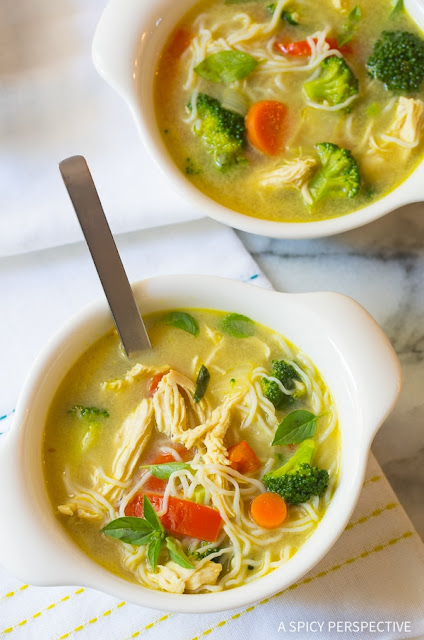It's possible to trade profitably on the Forex, the nearly $2 trillion worldwide currency exchange market. But the odds are against you, even more so if you don't prepare and plan your trades. According to a 2014 Bloomberg report, several analyses of retail Forex trading, including one by the National Futures Association (NFA), the industry's regulatory body, concluded that more than two out of three Forex traders lose money.
This suggests that self-education and caution are recommended. Here are some approaches that may improve your odds of taking a profit.
Prepare Before You Begin Trading
Because the Forex market is highly leveraged -- as much as 50 to 1 -- it can have the same appeal as buying a lottery ticket: some small chance of making a killing. This, however, isn't trading; it's gambling, with the odds long against you.
A better way of entering the Forex market is to carefully prepare. Beginning with a practice account is helpful and risk-free. While you're trading in your practice account, read the most frequently recommended Forex trading books, among them
Currency Forecasting: A Guide to Fundamental and Technical Models of Exchange Rate Determination, by Michael R. Rosenberg is short, not too sweet and highly admired introduction to the Forex market.
Forex Strategies: Best Forex Strategies for High Profits and Reduced Risk, by Matthew Maybury is an excellent introduction to Forex trading.
The Little Book of Currency Trading: How to Make Big Profits in the World of Forex, by Kathy Lien is another concise introduction that has stood the test of time.
All three are available on Amazon. Rosenberg's book, unfortunately, is pricey, but it's widely available in public libraries. "Trading in the Zone: Master the Market with Confidence, Discipline and a Winning Attitude," by Mark Douglas is another good book that's available on Amazon, and, again, somewhat pricey, although the Kindle edition is not.
Use the information gained from your reading to plan your trades before plunging in. The more you change your plan, the more you end up in trouble and the less likely that elusive forex profit will end up in your pocket.
Diversify and Limit Your Risks
Two strategies that belong in every trader's arsenal are:
Diversification: Traders who execute many small traders, particularly in different markets where the correlation between markets is low, have a better chance of making a profit. Putting all your money in one big trade is always a bad idea.
Familiarize yourself with ways guaranteeing a profit on an already profitable order, such as a trailing stop, and of limiting losses using stop and limit orders. These strategies and more are covered in the recommended books. Novice traders often make the mistake of concentrating on how to win; it's even more important to understand how to limit your losses.
Be Patient
Forex traders, particularly beginners, are prone to getting nervous if a trade does not go their way immediately, or if the trade goes into a little profit they get itchy to pull the plug and walk away with a small profit that could have been a significant profit with little downside risk using appropriate risk reduction strategies.
In "On Any Given Sunday," Al Pacino reminds us that "football is a game of inches." That's a winning attitude in the Forex market as well. Remember that you are going to win some trades and lose others. Take satisfaction in the accumulation of a few more wins than losses. Over time, that could make you rich!
Low Carb Green Curry Chicken Noodle Soup
Low Carb Green Curry Chicken Noodle Soup Recipe – A fabulous paleo (and ketogenic diet) chicken soup with with zesty exotic flavor and fragrant herbs!
The secret to this low carb chicken noodle soup is konnyaku noodles. Konnyaku noodles are made with Asian sweet potato starch and are gluten free and extremely low in carbs.
In fact, most brands of konnyaku noodles have only 1-4 grams of carbohydrates per serving. That means you can eat your pasta and squeeze into your skinny jeans!
You can find konnyaku noodles in “healthy” grocery chains, and in some major grocery stores.
Ingredients:
- 1 teaspoon coconut oil
- 1 onion, peeled and chopped
- 3 garlic cloves, minced
- 1 tablespoon fresh grated ginger
- 1 red bell pepper, seeded and chopped
- 3 carrots, sliced
- 1 1/4 pounds whole boneless skinless chicken breast
- 13.5 ounce can thick unsweetened coconut milk
- 3-6 tablespoons green curry paste
- 9 cups chicken broth
- 3 tablespoons fish sauce
- 14 ounce konnyaku noodles
- 2 cups small broccoli florets
- 1/2 cup fresh thai basil leaves
- Salt and pepper
Directions:
- Place the oil in a large 6-8 quart sauce pot over medium heat. Once the oil is hot, sauté the onions, minced garlic, and ginger for 3 minutes to soften. Stir in the chopped bell pepper and carrots.
- Add the chicken breasts, coconut milk, 3 tablespoons green curry paste, chicken broth and fish sauce to the pot. Raise the heat to high and bring to a boil. Once boiling, reduce the heat back to medium, then simmer for 15 minutes.
- Meanwhile, drain and rinse the konnyaku noodles.
- Using tongs, remove the chicken breasts from the pot. Use a fork and the tongs to shred the chicken. Then place it back in the pot. Stir in the konnyaku noodles and the broccoli florets. Taste, then add 1-3 more tablespoons green curry paste if desired. Taste again, then salt and pepper as needed.
- Garnish with fresh basil leaves and serve warm.
NOTES: Green curry paste varies greatly in spice level and sodium, based on the brand you buy. Start with a small amount of curry pasta and add more at the end. You can find green curry paste and fish sauce in the “international foods” section of most grocery stores.



0 Response to "Low Carb Green Curry Chicken Noodle Soup"
Post a Comment